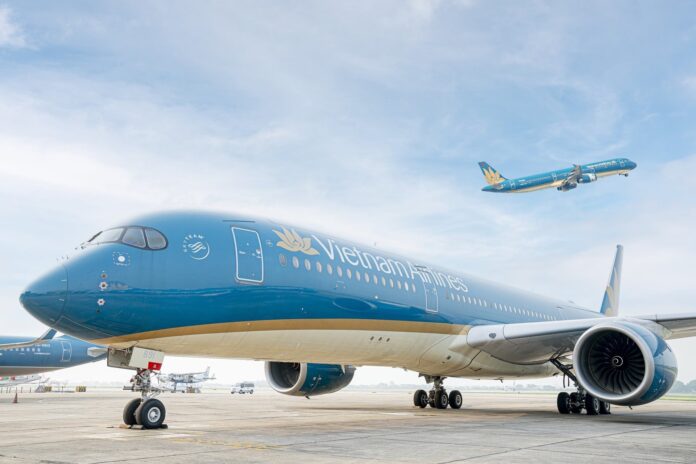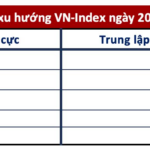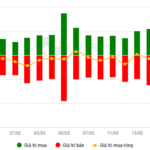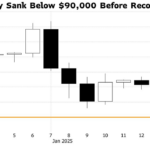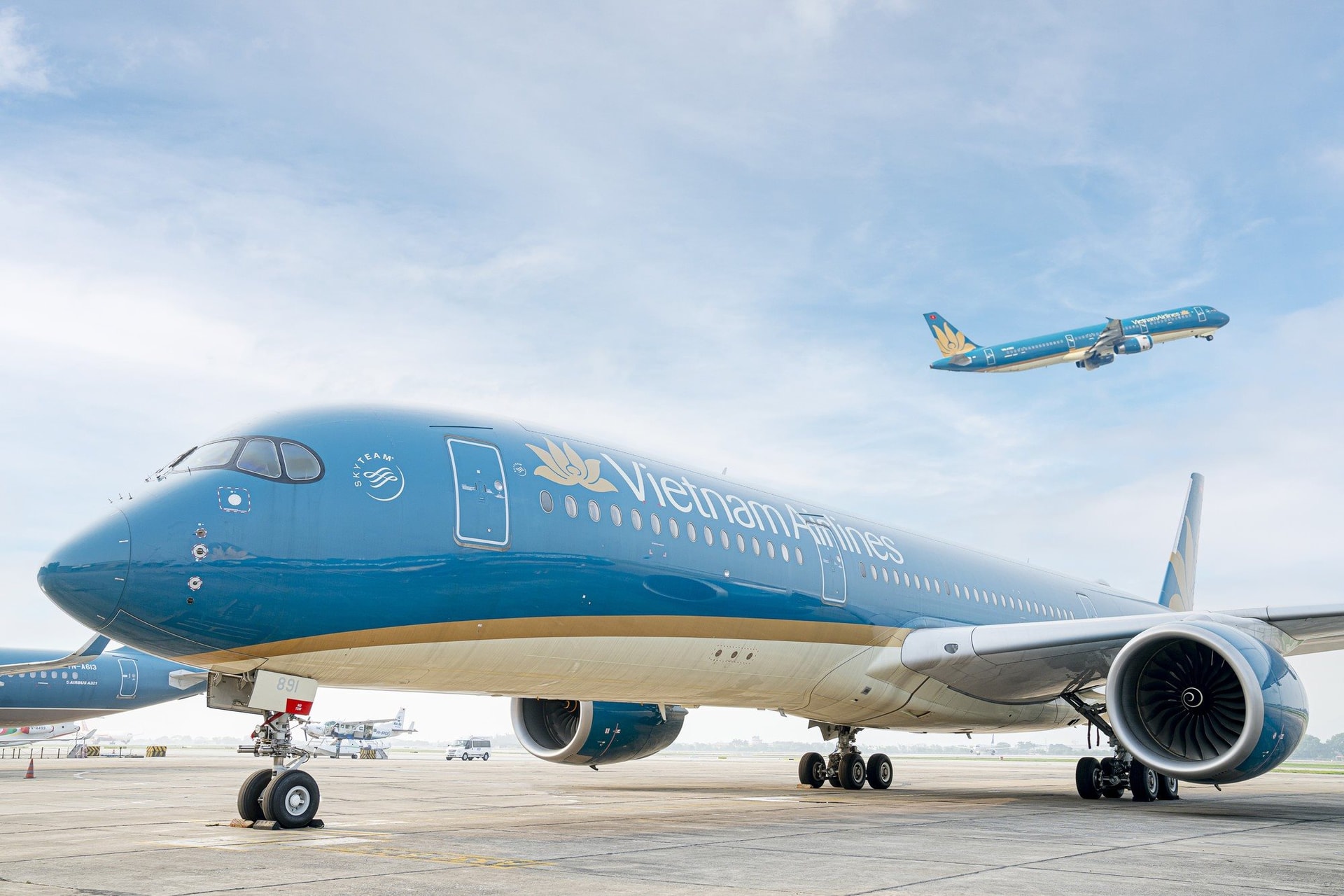
On April 9, Vietnam Airlines Corporation (Vietnam Airlines) and Citi Bank of the United States signed a Memorandum of Understanding (MOU) on a commitment to finance capital of at least $560 million for strategic investment projects of Vietnam Airlines.
The signing ceremony was witnessed by Deputy Prime Minister Ho Duc Phoc during the working trip of the Vietnamese Government delegation with partners in the US to strengthen bilateral trade cooperation.
Along with President Donald Trump’s move to delay the application of tariffs for 90 days, the stock market on April 10 surged by more than 6.5%, with many stocks reaching the ceiling price. However, Vietnam Airlines (HOSE: HVN) did not increase with the market as HVN shares are currently restricted from trading.
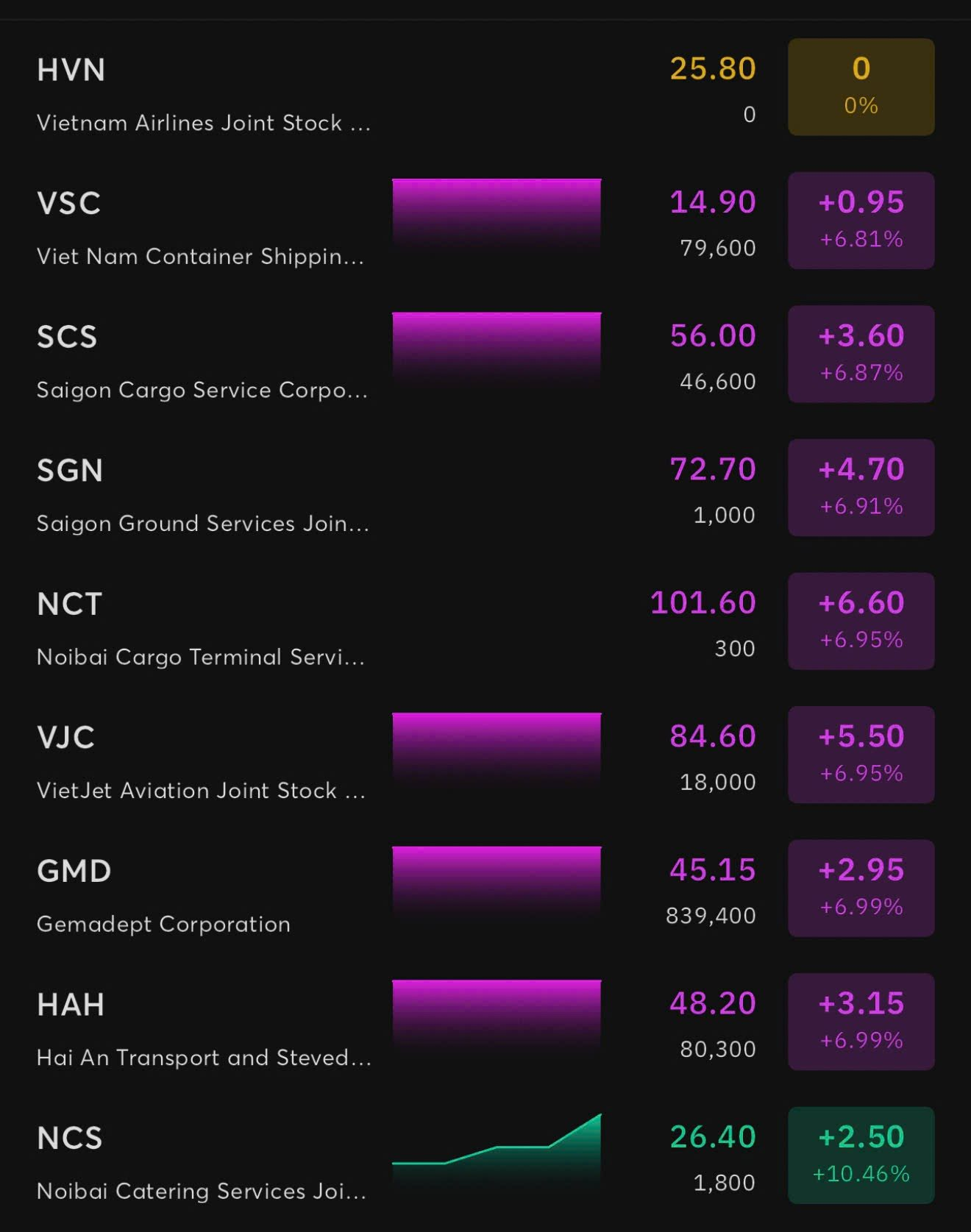
Urgent implementation of procedures for Vietnam Airlines to purchase 50 aircraft
On April 7, the Government Office issued an urgent dispatch regarding the investment project for narrow-body aircraft of the national flag carrier.
Accordingly, based on the proposal of Vietnam Airlines on April 4 regarding the investment project for narrow-body aircraft, Deputy Prime Minister Ho Duc Phoc assigned the Ministry of Finance and the Ministry of Construction to carefully study the enterprise’s proposals, provide specific opinions on each content, and report to the Prime Minister on the same day, April 7.
Vietnam Airlines aims to urgently complete the investment procedures, select aircraft suppliers, and negotiate and sign aircraft purchase contracts in the first half of 2025 to be able to obtain the aircraft delivery schedule as required for the development of the airline’s fleet.
It is estimated that the total investment for 50 narrow-body Airbus A320NEO or Boeing B737 MAX aircraft and 10 spare engines is about $3.7 billion, equivalent to VND 92,800 billion.
Vietnam Airlines plans to sell and lease back the first 25 aircraft received in the period of 2028-2030. Next, it will use its own capital combined with loans to purchase the remaining 25 aircraft received in the period of 2030-2031, with a loan-to-value ratio of 50%.
By 2030, Vietnam Airlines’ demand for wide-body aircraft is expected to be 37 aircraft, narrow-body aircraft is 95 aircraft, and ATR72 aircraft is 5 aircraft. By 2035, the total demand for Vietnam Airlines’ fleet is expected to reach 169 aircraft, including 52 wide-body aircraft, 112 narrow-body aircraft, and 5 ATR72 aircraft.
The Seafood Savior: A Chairman’s Vow to Rescue Shareholders
“While Nam Viet has a presence in the US market, it does not consider it a primary focus. Instead, the company’s key markets lie in China, the Middle East, Brazil, Asia, Mexico, and other regions. These markets form the backbone of Nam Viet’s business, with a strong emphasis on international expansion and a diverse customer base.”
The Ultimate Headline: Short-Term Adjustment Risks Linger
The VN-Index declined with the emergence of a High Wave Candle pattern. The persistent low trading volume, below the 20-day average, indicates cautious trading among investors. Currently, the index is testing the Middle line of the Bollinger Bands. If this level is breached in upcoming sessions, the situation will turn more pessimistic, and a retreat to the old peak breached in June 2024 (1,290-1,310 points) is highly likely. Meanwhile, the Stochastic Oscillator and MACD continue their downward trajectory after issuing sell signals, suggesting that short-term correction risks persist.

